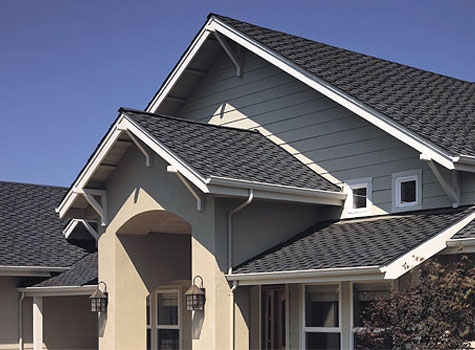
Making Your Roof Last
A roof is a big investment and like other systems in your house it needs maintenance. Don’t and you could be making a costly mistake. Living around mature trees adds additional concerns as shade helps create shingle deteriorating moss and your roof and gutters are under constant attack from falling tree parts. You might have also dealt with area critters, who sometimes use a tree as access to your roof. These all can be sources of damage that cause water penetration. As I’ve mentioned before, water going where water isn’t supposed to go can cost a lot of money in repairs. I get reminded just how much an ounce of prevention is worth when I see inspections that reveal expensive damage caused by neglecting simple maintenance. So here are some tips to protect your roof and your pocketbook.
1. Keep gutters clean – Did you know water from overflowing gutters can also wick upward under roof shingles and damage the decking and rafters beneath? Even if you have gutter guards, leaves and small bits from trees will sometimes form a dirt blanket over a mesh type guard and cause water to overflow, and all types can let these small parts fall inside the gutter and sometimes cause a clog.
2. Remove leaves – We clean leaves from our yards, but don’t forget to look up. Leaves and tree parts left on your roof trap moisture as they decompose and can allow moisture to form in your roof and moss to grow. Both deteriorate shingles.
3. Trim overhanging branches – Falling limbs, or limbs that touch your roof/house or bang off of it in the wind can cause damage.
4. Inspect roof yearly – You can do this, or many roofing companies will do it for a small fee. They check for things like cracked caulk, rust spots on flashing, shingle damage, nail pops, cracked or worn rubber boots around vent pipes, missing or damaged chimney cap, moss accumulation, etc. Even a newer roof can have minor damage that might not always be noticeable from the ground but is allowing water to penetrate. By the time you see wetness on a ceiling or wall, water has possibly damaged the roof decking and who knows what else. Instead of a simply sealing the hole, or repairing a shingle, you might now be removing a section of your roof to repair damage. Catching small issues early helps extend the life of your roof and saves you money down the road.
Jacque Veney, Realtor


Recent Comments